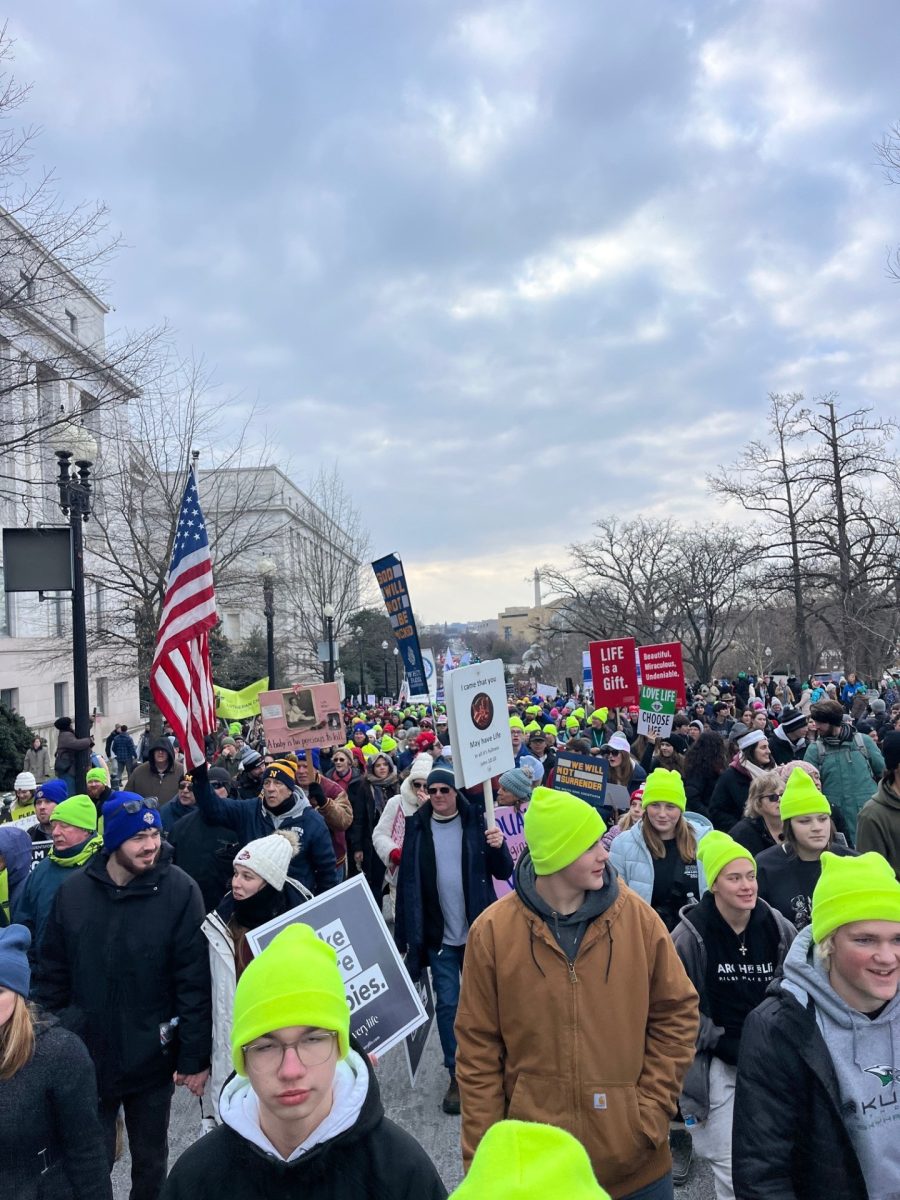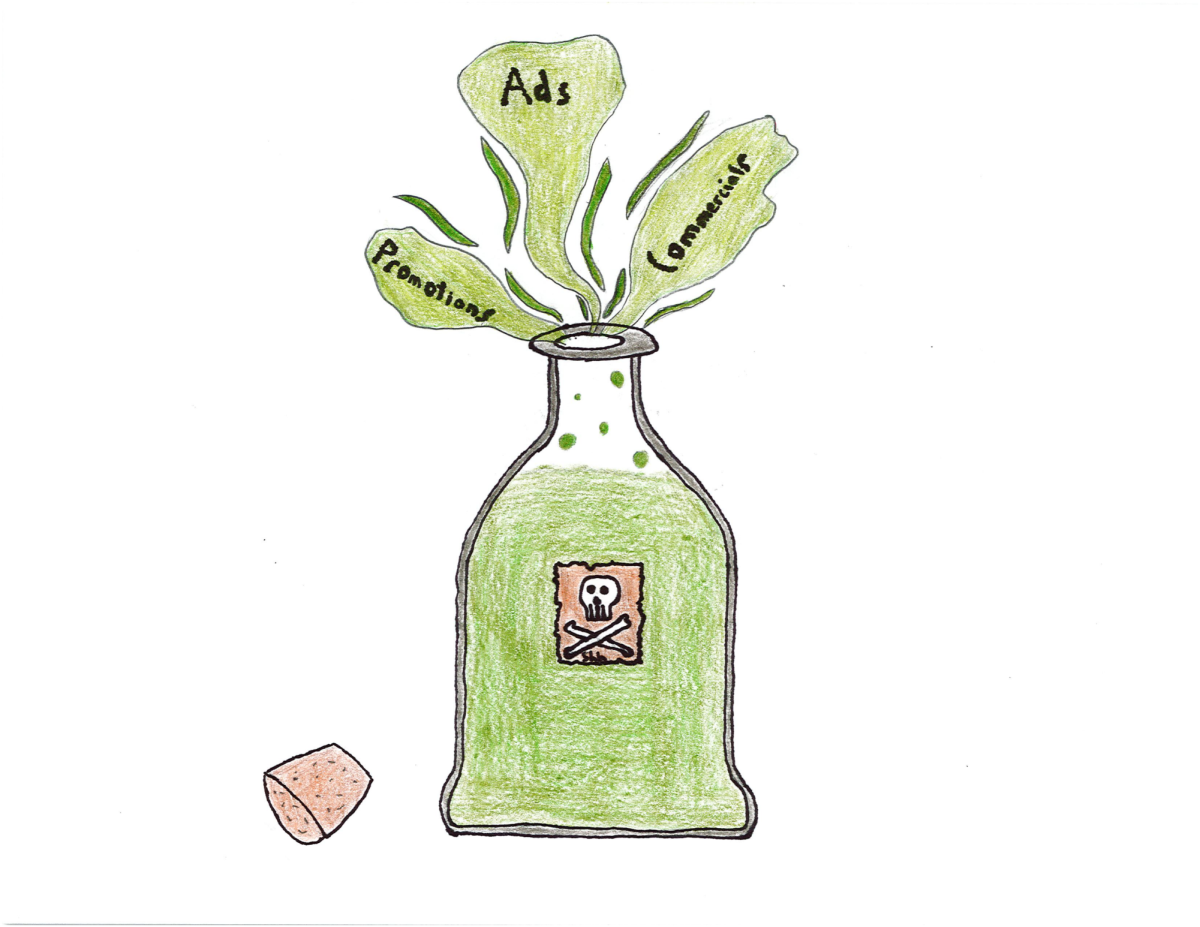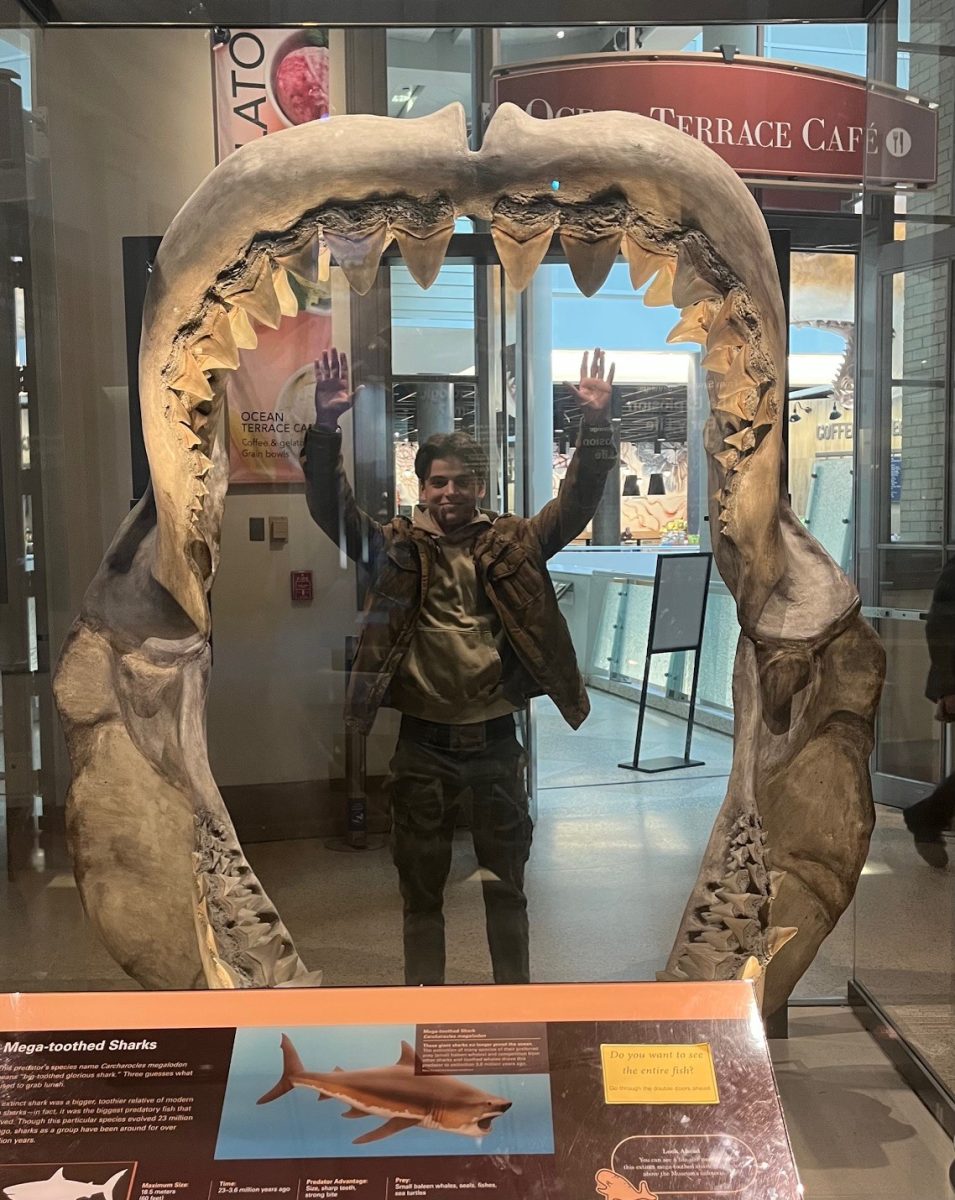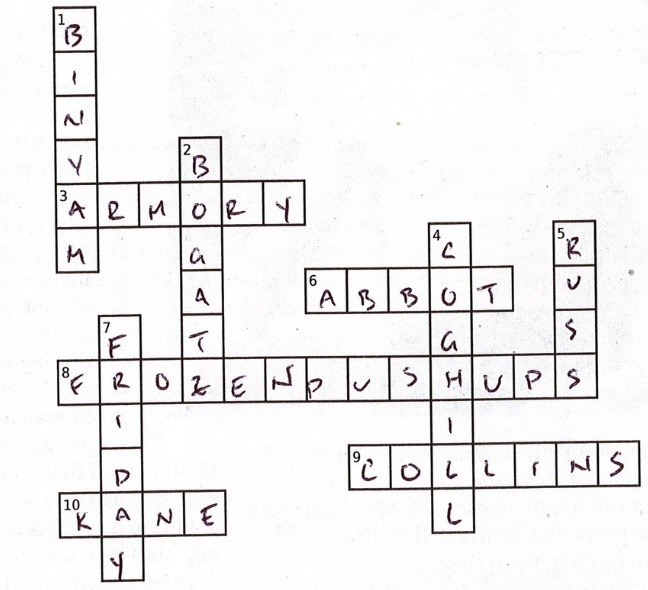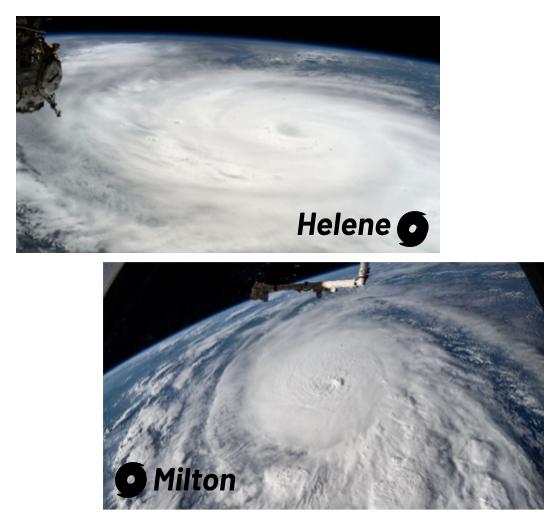The The Gulf Coast was slammed in recent weeks by two hurricanes. Hurricane Helene and Hurricane Milton made landfall on September 26 and October 9. The two storms are among the deadliest storms in recent years. Helene was the deadliest hurricane in the Atlantic since 2017’s Hurricane Milton, and the deadliest to hit the continental United States since Katrina in 2005. Milton has been rated the strongest tropical cyclone worldwide this year, becoming the thirteenth named storm in 2024 alone. Combined, both storms caused $97.5 billion dollars in damage, killing over 300 people, and leaving many more missing.
Helene was the second major hurricane of this year. It began forming on September 22 in the Caribbean. By September 24, it rated as a tropical cyclone. It was then that the National Hurricane Center named the storm Helene. By early in the morning on September 25, Helene was strong enough to be classified as a hurricane. As it entered the Gulf of Mexico, it reached Category 4 intensity by the next day, soon thereafter making landfall in Florida’s Big Bend region near Perry. Maximum winds were reported to be 140 miles per hour. It began moving inland, finally dissipating on September 29 over Tennessee.
The response effort for Helene began prior to when it made landfall. On October 6, President Biden released a statement, reaffirming the federal government’s commitment to help rebuild.
“Since before Hurricane Helene made landfall, my Administration has mobilized an intensive Federal response to ensure impacted communities have the resources and support they need… my Administration is sparing no resource to support families as they begin their road to rebuilding.” Additionally, the statement notes, “Additionally, [President Biden] has been briefed on Tropical Storm Milton as it strengthens across the Gulf of Mexico and the work my Administration is doing to preposition life-saving resources in advance of the storm.”
Hurricane Milton, which began forming on October 5, made landfall on Florida’s west coast barely two weeks after Helene. The highest winds recorded by the National Weather Service reached 180 miles per hour. It was the second Category 5 hurricane of the season, and is the strongest tropical cyclone globally in 2024. Milton formed in the western Caribbean and intensified as it moved eastward. By October 7, it became a hurricane. That same day, according to the National Hurricane Center, it underwent rapid intensification to reach Category 5 status. Over the next few days, it faltered and surged, until it finally dropped to a Category 3 storm when it battered the Siesta Key barrier island in Florida on October 9. It moved back into the Atlantic and dissipated over the island of Bermuda on October 12.
Milton left 35 people dead, 6 missing, and an estimated eighty-five billion dollars in damage in its wake. By October 13, over 250,000 Florida residents had registered for federal and state aid. This is the highest number of registrations in a day in United States history. Many gas stations experienced fuel shortages in the storm’s aftermath, prompting Florida governor Ron DeSantis to open three “fuel distribution sites,” where residents can get ten gallons per person for free. According to the Associated Press, DeSantis added that more sites may be opened in the future. The state’s fuel reserve was also leveraged to refill gas stations that had ran dry. Air Force One landed at MacDill Air Force Base on the 13th of October to meet with officials and speak about the response. The Florida Supervisors of Elections, the state’s voting agency, took steps to ease restrictions on voting and requested to move some polling places to different locations. A number of media figures and celebrities including Morgan Wallen, Tom Brady, and Taylor Swift, donated millions of dollars for the response efforts.
The hurricanes have also been a source of controversy. Former President and current Republican Presidential candidate Donald Trump criticized FEMA’s response on a visit to North Carolina. According to a CNN report, Trump repeatedly stated that FEMA was spending relief funds on illegal immigrants—a claim that was “widely debunked” earlier in October. In addition, according to an NBC report, Trump stated that FEMA was disproportionately aiding Democrats. During a White House press conference, a reporter asked Biden if he had spoken to Trump about the natural disasters. “Are you kidding me?” Biden retorted. “Trump, get a life, man.”
The relief effort for both hurricanes is far from over. With two separate storms slamming into the coast in an unprecedented short time span, rescuers are inundated with water and the Herculean task of rebuilding is hampered by debris. Hurricane season ends November 30, and forecasters warn that there is a chance for another tropical cyclone—a precursor to a hurricane—to form before then.
These are only two of the violent storms that have rocked the region during what experts have called a hurricane season like none other.




